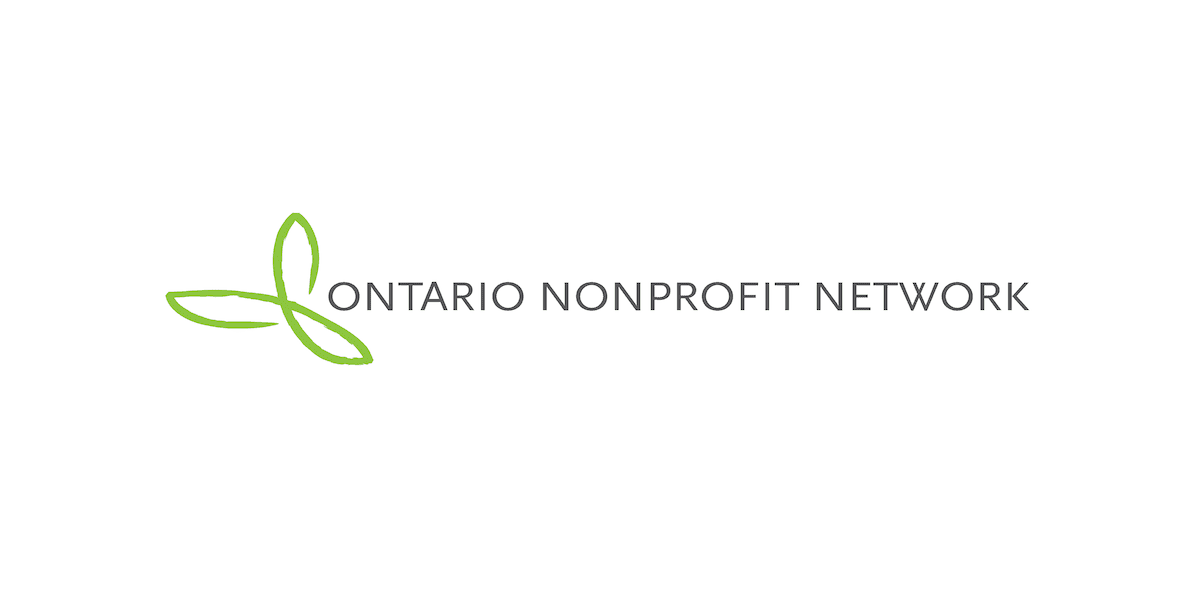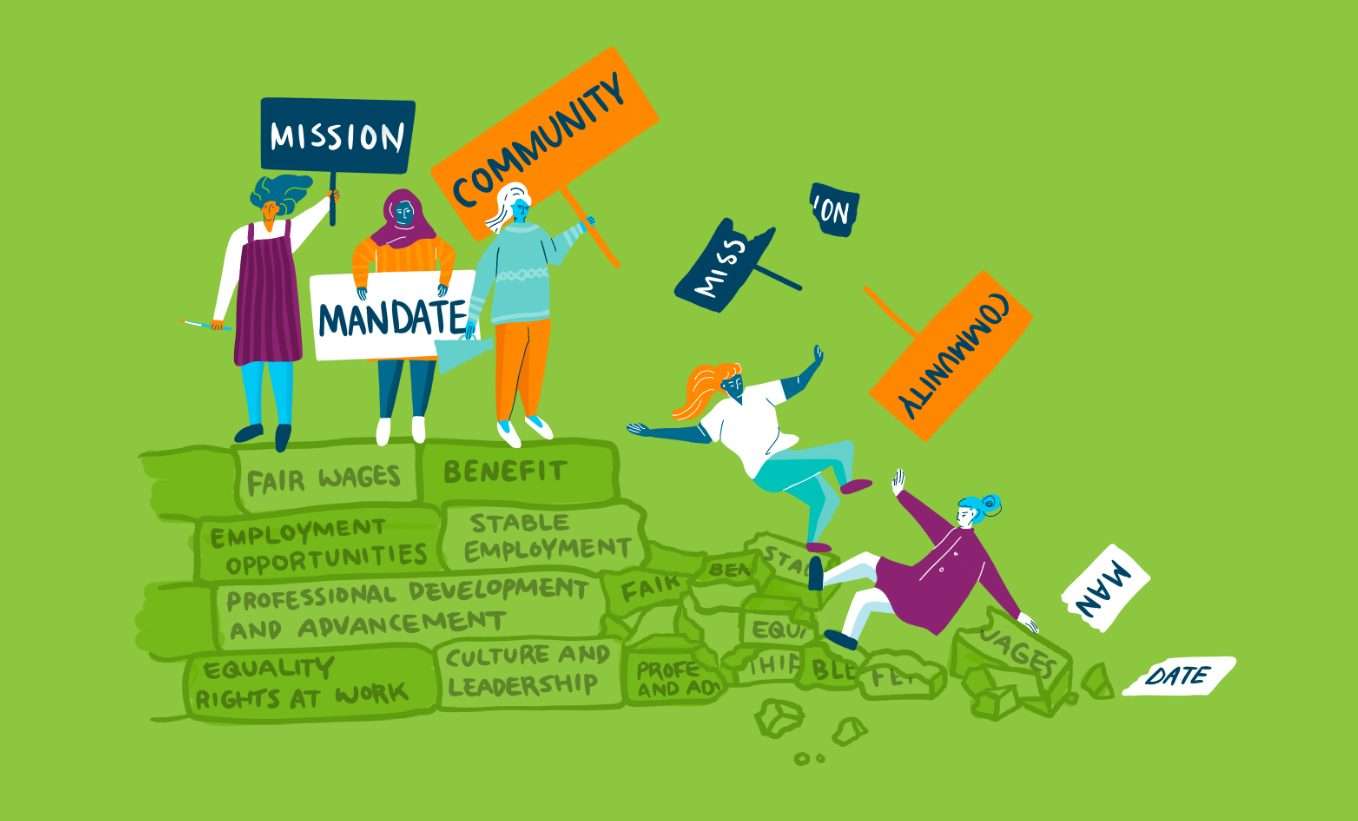How we developed a pension plan tailor-made for the nonprofit sector
By Michael Kainer
Let me start with an ending: I am pleased to share that ONN’s pensions implementation task force – created in 2017 to implement the first pensions task force’s recommendations – has brought its work to a close.
Our main proposal is that ONN recommend OPTrust Select as the pension plan for the sector. And the ONN Board has accepted that recommendation. It’s a big day for me and my colleagues from both task forces. (A couple of us were on both).
It’s been just shy of three years since ONN set the process in motion: a process to examine whether a pension plan is needed, as well as to look at how the sector should deal with the then-proposed Ontario Retirement Pension Plan (ORPP). Halfway through that task force’s mandate, the province scrapped the ORPP when the federal and provincial governments agreed on improvements to the Canada Pension Plan (CPP). (As an aside, I offer the view (mine, not ONN’s) that a much more enhanced CPP would have made a nonprofit sector plan, as well as many other pension plans, unnecessary, and that would have been a good thing. Alas, those finance ministers failed to ask what I think!) The CPP enhancement will replace about one-third of a retiree’s working income, up from about a quarter right now. The generation that turns 18 in 2025 will be the first to benefit from the full enhancement, with partial increases phased in for the current working generation.
Although the ORPP didn’t go ahead, the discussion around it brought much-needed attention to the issue of the woefully inadequate retirement security of many workers in Ontario, including those in the nonprofit sector. We concluded that even the enhanced CPP wasn’t nearly enough to eliminate the need for a pension plan. It also got us thinking about what kind of retirement vehicle would be best.
In the absence of any retirement plan whatsoever beyond Old Age Security and CPP, which is the case for so many sector workers, it becomes tempting to say, “just give them something, even a registered retirement savings plan- it doesn’t much matter what since it is better than what they have now.” We resisted that approach and instead recognized that there are different routes to take, some better than others. We concluded that being able to count on a monthly retirement benefit is a very significant factor for an employee’s retirement. That typically means a defined benefit (DB) pension.
But employers have been leery of the potential liability that goes with a single employer DB plan. So our task force recommended a pension plan structure that would minimize that risk to employers while providing a predictable monthly income.
And luck was with us. The first pensions task force report came to the attention of OPTrust, a large ($20B in assets), well-established and well-regarded public sector plan. OPTrust saw an opportunity to expand to the nonprofit sector. But it also recognized that its existing plan required contributions that are unrealistically high for most nonprofits (in the range of 10% by both employee and employer). They met with us and asked what a viable plan for the sector might look like, and they came up with OPTrust Select.
OPTrust Select is a DB plan. It is not a totally new plan but an adjunct to their main plan. Thus Select gets the benefit of the economies of scale, experience and expertise of the bigger plan.
Contributions are set at 3% and 3% of wages for both employer and employees. It has thoughtfully dealt with the issue of potential contribution increases that a DB plan raises by creating a modest core benefit which should be more than adequately covered by those contributions. In addition, it has built in conditional inflation protection which is only granted if the plan can afford to give it. Thus the risk of a need for increase in contributions becomes minimal. They have done projections which suggest that the inflation enhancements are also very likely to be granted over the long term without a change in contributions.
OPTrust Select will allow employers to merge assets from an existing plan and these then get translated into a higher monthly benefit that the employees enjoy when they retire. It will permit an employee to buy back past service, for example with any RRSP assets they have, meaning a better pension benefit that reflects their time with the employer before they enrolled in Select. And there is a role for Select plan members in the governance of the plan. All these were things both task forces had pointed out should be in a sector plan.
I am pleased that we came to this result: access to an affordable, sector-wide defined benefit pension plan. If the plan is widely adopted across the sector it will mean employees can move between employers and maintain the same pension. It will provide a benefit in keeping with ONN’s effort to create better working conditions for the sector, meaning happier employees, less turnover, and a greater ability for nonprofits to serve their communities well. All of which makes the nonprofit world a better place. And who could disagree with that?
Read more about the pension plan.
Prior to his second career as a documentary film-maker, Michael Kainer worked as a lawyer for 30 years, specializing in pension and benefit law and nonprofit organizations. Early in his career, he was a co-founder of the Toronto Community Law School (now Community Legal Education Ontario, CLEO). Michael assisted in the establishment of the Multi-Sector Pension Plan.






